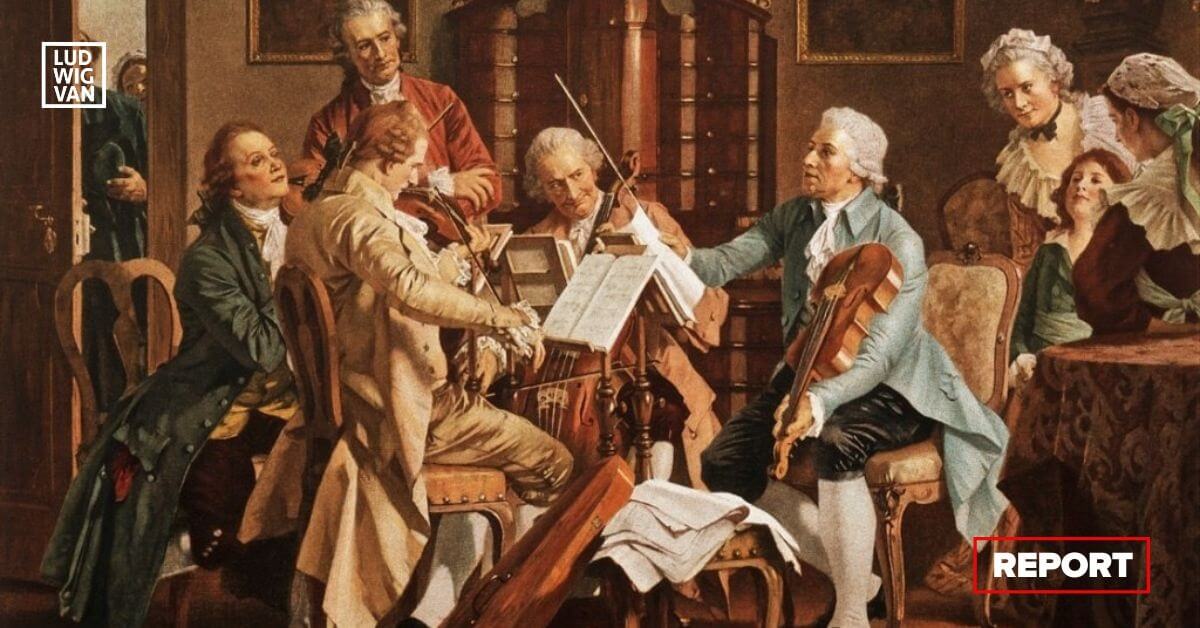
There are many ingredients that have to come together to create an inspired musical performance. When an ensemble is involved, there is a somewhat mysterious element of chemistry that enters into the picture. While the academic focus is on technique and interpretation, that chemistry is typically left up to chance.
An international research team from Austria, Norway, China and Germany has added to the science of musical performance in an original study that looks at the relationships between head movements of performers in small ensembles. Their paper, titled, Interperformer coordination in piano-singing duo performances: phrase structure and empathy impact was published in the journal Psychological Research in 2023
Essentially, they ask: how do the body motions of performers relate to the music, and their relationship to each other in a small ensemble? And, the study adds, how does the empathy of the performer tie into the picture?
Previous Research
It’s no secret that moving as you perform is crucial to playing in an ensemble, particularly without a conductor. It’s one of the ways that musicians can communicate with each other as they play. That movement, however, is not often discussed in the context of Western classical music, and is anything but random.
Previous studies, all published within the last 15 years, have revealed some of the characteristics common to the movements of musicians as they play.
- Head movements often reflect the emotions that musicians want to convey;
- Movements are greater in scope during expressive passages;
- A study of piano duos demonstrated that the leader raised their fingers higher than the followers;
- The leader of a string quartet influences the movements of the whole group.
When the timing of a piece is irregular, or breaks a pattern, the movements become more synchronized across an ensemble. Head movements also allow communication when the performers can’t necessarily hear each other’s parts clearly.
While most would assume that the first violin of a string quartet is the leader, a 2017 study revealed a more complex and fluid arrangement, where any member could become “leader” within certain passages. Those fluid relationships are reflected in their movements.
In other words, their motions show the ways that musicians adapt and communicate while playing.
Moving To The Music
The new study used 24 subjects who were advanced piano and vocal students at the University of Music and Performing Arts, Vienna. The researchers specifically wanted to look at:
- How musician’s head movements related to the phrasing of the piece;
- How those movements related to the musician’s empathy profile.
Playing together and performing as an ensemble requires a certain degree of empathy, or the ability to understand what another person experiences. Previous studies have also shown that there is a correlation that works both ways between the level of coordination between working groups and their levels of empathy.
Playing in ensembles is also known to increase empathy, and vice versa – higher empathy makes for better ensemble playing, which involves anticipating the other musicians’ actions.
The “empathy profile” of each musician was created using measures that are widely accepted in the psychological community. After the empathy test (Empathy for Pain Task or EPT), the musicians were paired together with two other musicians, one whose EPT was similar, and the other whose EPT was at the opposite end of the scale
- The assigned pairs rehearsed Fauré’s Automne and Schumann’s Die Kartenlegerin;
- They performed each piece once before rehearsing, and three times during the rehearsal process;
- Motion capture data of the head movements, and audio as well as MIDI recordings were taken of the performances to analyze.
The Results
In Fauré’s Automne, the distinction between the role of singer and pianist was clearer; the piano is an accompanist. Conversely, in the Schumann piece, the piano plays a more prominent role, and at times takes over the melody.
- The performers were most coordinated in their movements at moments which corresponded to the phrase structure of the piece;
- The leader-follower dynamic tended to depend on the EPT of the singer, along with how many takes had occurred, but only for the structurally simpler Fauré piece.
Performing the Fauré piece the second time, the higher the singer’s EPT score, the lower their tendency to lead. However, when the third take came around, that relationship was reversed, and the singer tended to lead the duo. In other words, the leader-follower dynamic can be fluid, as influenced by the empathy levels of those involved.
The leader’s motions are larger than the followers. They provide a visual cue for the other performers when it comes to timing, expression, and other elements. Within the lieder duos set up by the study, the pattern of movements suggests that the communication continues unbroken even during passages where the singer does not sing.
There is much yet to be deciphered about the mysteries of musical performance and the ways that musicians together can become more than the sum of their parts. Science is looking for answers.
#LUDWIGVAN
Get the daily arts news straight to your inbox.
Sign up for the Ludwig van Daily — classical music and opera in five minutes or less HERE.
- PREVIEW | SUMMER OPERA LYRIC THEATRE Presents Handel’s Xerxes, Mozart’s Idomeneo & Puccini’a La Boheme July 26 To August 4 - July 26, 2024
- PREVIEW | YENSA Festival V.2 Offers Black Flames Performances & Other Ways To Celebrate Black Women In Dance - July 25, 2024
- PREVIEW | Canadian Talent Conspicuous In The Met: Live In HD 2024-25 Season - July 25, 2024



